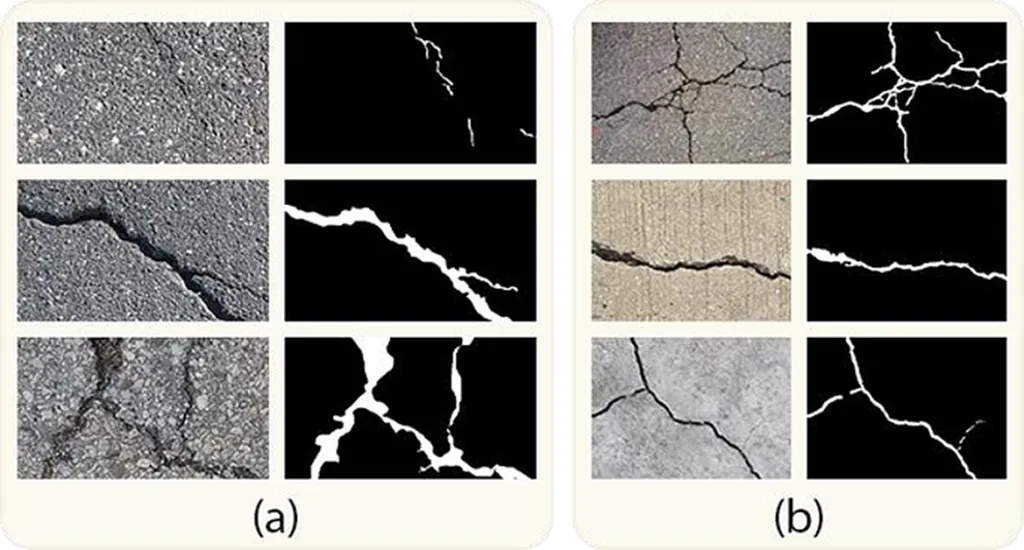In the world of geotechnical engineering, understanding the surface roughness of rock aggregates is akin to deciphering a secret code that unlocks the performance and durability of pavements. A recent study, published in the journal *Materials Research* (translated from Portuguese), has taken a significant step in this direction by comparing three advanced techniques for analyzing rock surface roughness. The research, led by Haline Dugolin Ceccato, offers insights that could reshape how we classify and utilize rock aggregates, particularly in the energy sector.
The study focused on two types of rock: volcanic (SUL) and plutonic (MIN). Using the Aggregate Imaging Measurement System (AIMS), Atomic Force Microscopy (AFM), and Scanning Electron Microscopy (SEM), the researchers uncovered discrepancies that challenge traditional classification systems. AIMS, for instance, struggled with materials exhibiting micrometric roughness and coarse grain sizes, like the MIN aggregate. “AIMS had limitations in representing materials with substantially coarse grain sizes,” Ceccato explained, highlighting how dominant minerals influenced the texture due to wavelet processing.
AFM, on the other hand, proved to be a more efficient tool for roughness characterization. It quantified parameters such as average roughness (Ra), root mean square roughness (Rq), surface skewness (Rsk), and surface kurtosis (Rku). However, AFM was limited to small scanning areas. “AFM was efficient in quantifying roughness parameters,” Ceccato noted, but its small scanning area posed a constraint.
The real game-changer was the integration of micro- and nanoscale analyses. Data from AFM and SEM revealed features not identified by AIMS, especially in fine-grained materials like the SUL rock. This sensitivity suggests that traditional classification systems may be missing critical details, potentially leading to suboptimal material choices in construction and energy projects.
So, what does this mean for the energy sector? The implications are profound. Accurate characterization of rock aggregates can lead to more durable and efficient pavements, which are crucial for the infrastructure supporting energy projects. By adopting micro- and nanoscale analyses, engineers can make more informed decisions, ultimately reducing costs and enhancing performance.
Ceccato’s research underscores the need for a more nuanced approach to roughness classification. “Integrating micro- and nanoscale analyses is proposed as a complementary approach to overcome the limitations of conventional methods,” she stated. This shift could pave the way for more advanced and reliable geotechnical solutions, benefiting not just the construction industry but also the broader energy sector.
As we stand on the cusp of a technological revolution in materials science, Ceccato’s work serves as a reminder that sometimes, the smallest details can have the biggest impact. By embracing these advanced techniques, we can build a future where our infrastructure is not just stronger but also smarter.

